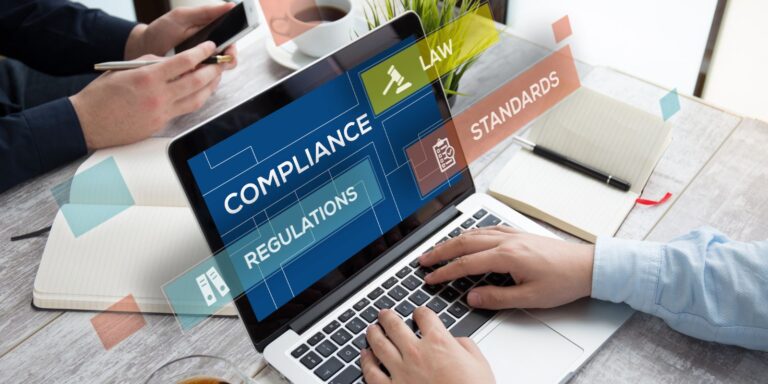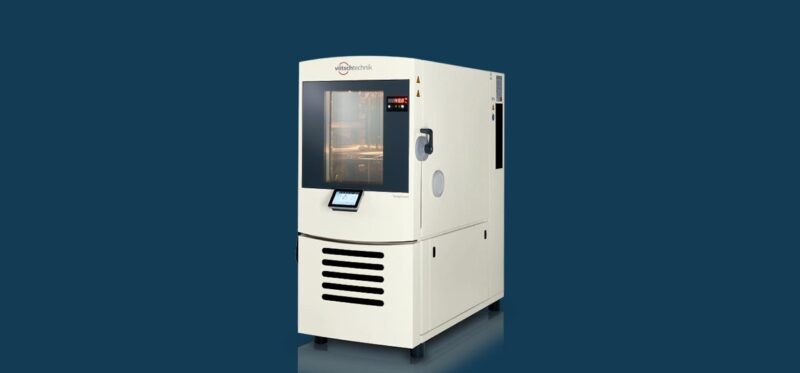In research and product development, environmental test chambers serve a crucial function. These facilities simulate various conditions stresses such as high and low temperatures as well as humidity levels. Subjecting materials and components to rigorous simulated testing allows researchers to evaluate performance under different environmental stresses.
Using an Environmental Test Chamber can be challenging for beginners. This article provides practical advice and tips to simplify the process and ensure accurate, reliable testing results.
Let’s Check the Main Features First
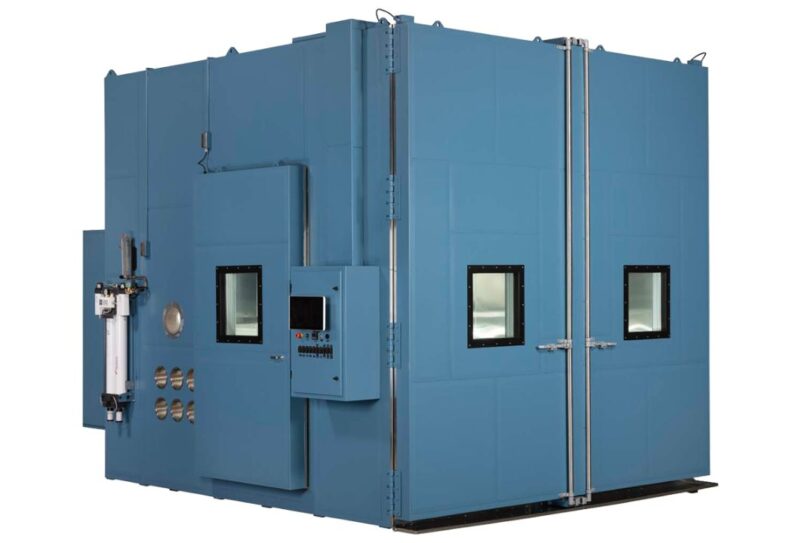
Before starting your tests, it’s crucial to fully understand how these machines work, such as those offered at belltestchamber.com. These chambers vary in size, from small benchtop models to large walk-in rooms, and can simulate conditions such as temperature, humidity, altitude, and vibration. Knowing the specific capabilities and limitations of your chamber is essential to ensure it meets your testing needs.
Define Your Testing Parameters
Clear and well-defined testing parameters are essential for effective environmental testing. This means specifying the conditions you want to simulate, such as temperature range, humidity levels, and test cycle duration. Precision in this step is crucial, as accurate parameters are key to obtaining valid test results.
1. Calibration and Maintenance
Conducting regular calibration and maintenance activities is crucial to optimizing the functionality of environmental testing equipment over time. Ensuring sensors and controls deliver precise readings is important for generating valid performance data to inform the research process. Through routine inspection and cleaning of components, technicians can identify any issues early and prevent unexpected disruptions to testing schedules.
2. Sample Preparation
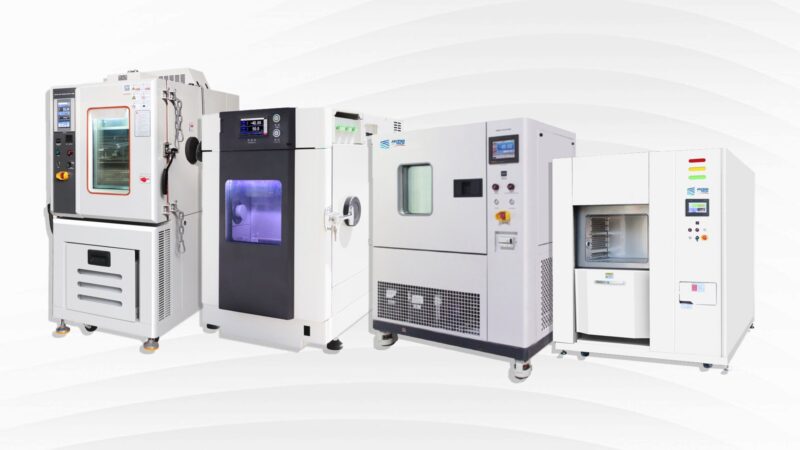
Proper sample preparation holds great importance for achieving meaningful results from environmental testing. Technicians must take care that laboratory specimens accurately reflect the final manufactured goods, both in composition and placement inside the chamber. Correct and secure installation is likewise needed so samples can withstand simulated stressors without disruption.
3. Ramp Rates
Proper selection of environmental chamber ramp rates holds great weight in obtaining valid test results. When transitioning between sets of various temperature and humidity levels, allowing too swift an alteration can subject samples to unnatural thermal shocks liable to influence outcomes. Taking care to simulate real-world condition change velocities prevents such unintended impacts from confounding the data.
4. Monitoring and Data Collection
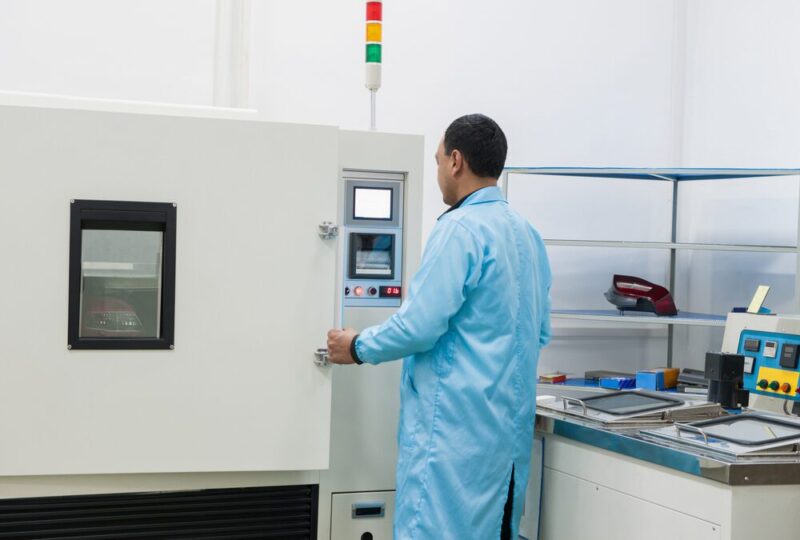
Modern Environmental Test Chambers often include software for real-time monitoring and data logging. Familiarize yourself with this software and use its full capabilities to maintain a comprehensive record of the test conditions and your sample’s responses over time.
5. Interpreting Results
Look for patterns or anomalies that indicate how the sample responds to environmental conditions. Additionally, consider the inherent variability in any testing process and account for this in your analysis.
6. Safety Precautions
Follow all manufacturer guidelines, wear appropriate personal protective equipment, and be aware of potential hazards like extreme temperatures and electrical components. Ensure all users are adequately trained in the chamber’s safe operation.
7. Troubleshooting
Despite careful preparation and maintenance, issues with your Environmental Test Chamber can still arise. Familiarize yourself with common problems and their solutions, such as fluctuations in temperature or humidity. Understanding the chamber’s diagnostic tools can help you quickly identify and resolve issues, minimizing downtime.
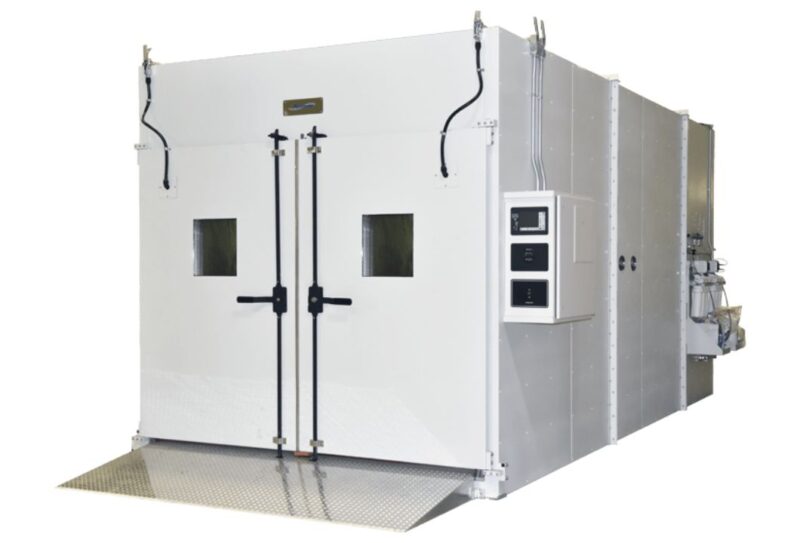
8. Optimizing Test Cycles
Plan your test sequences to minimize chamber downtime and maximize resource use. Group tests requiring similar conditions to reduce significant changes in chamber settings. Understanding your chamber’s thermal load capacity and how your samples interact with the environment helps optimize the number and arrangement of samples, ensuring uniform exposure and reliable results.
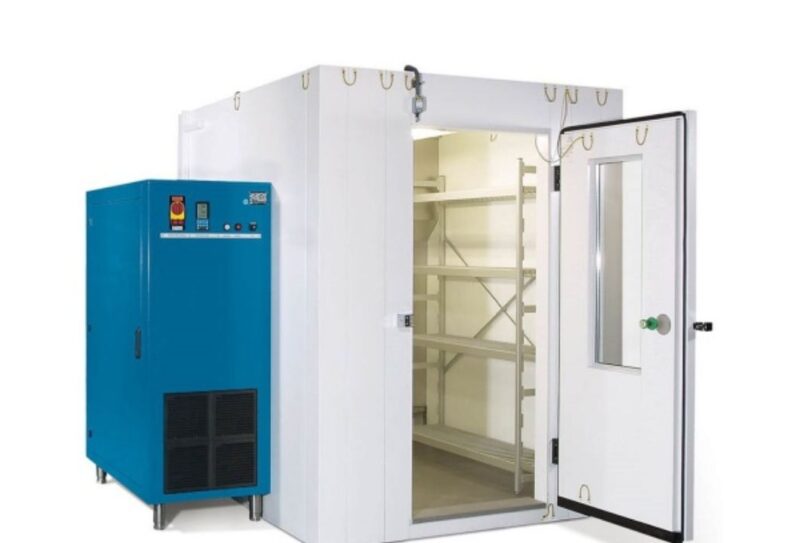
Conclusion
Using an Environmental Test Chamber effectively requires a thorough approach beyond just operating the equipment. It involves understanding the entire testing process, from defining parameters and preparing samples to analyzing results and optimizing test cycles. Additionally, it’s important to consider the environmental and ethical implications of your testing activities.



